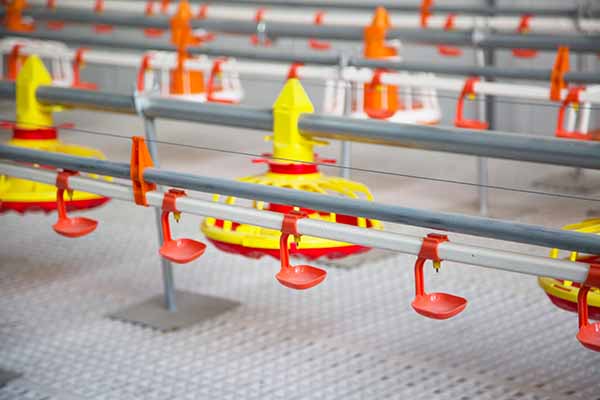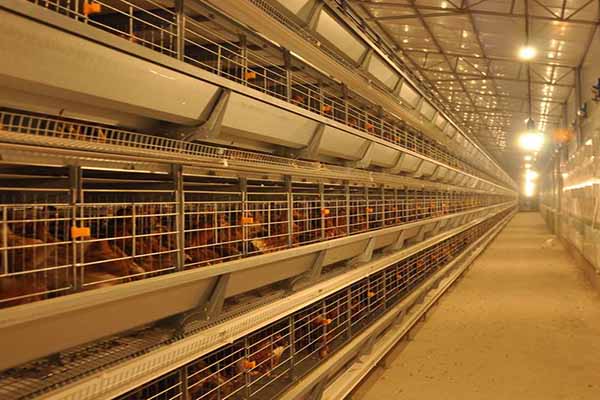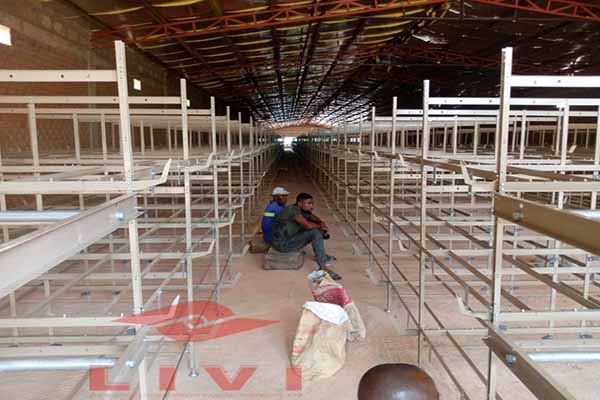Optimizing Climate Control Systems for 100,000 Chickens in Nigeria
As the poultry industry in Nigeria continues to grow, so does the demand for efficient climate control systems to ensure the health and productivity of the flocks. With an aim to accommodate a massive 100,000 chickens, the installation of a reliable climate control system is not just a luxury but a necessity. In this article, we delve into the essentials of climate control systems tailored for poultry houses in Nigeria, focusing on the unique needs of this vast operation.
Why Climate Control is Crucial
Climate control is essential in poultry farming as it directly impacts the health, growth, and egg production of chickens. The optimal temperature range for poultry is typically between 70°F and 80°F (21°C to 27°C). Here are some key benefits of a well-functioning climate control system:
- Reduces the risk of respiratory infections
- Enhances growth rates and feed conversion
- Improves egg production
- Reduces mortality rates
Climate Control System for a 100,000 Chicken Poultry House in Nigeria
For a poultry house with 100,000 chickens, the following aspects should be considered when designing a climate control system:

- Heating and Cooling Solutions: The system should be capable of heating the house during colder months and cooling it during the hot season. Options include water heating systems, electric heating, and evaporative cooling.
- Air Circulation: Proper air flow is crucial for maintaining consistent temperatures and preventing heat stress. Fans, vents, and exhaust systems should be strategically placed.
- Humidity Control: Excessive humidity can lead to disease outbreaks, while low humidity can cause heat stress. A humidifier and dehumidifier are necessary for maintaining ideal humidity levels.
- Automated Control Systems: Automation ensures that the climate conditions remain within the desired range at all times, even when you’re not present.
According to a study by the Poultry Science Association,  a well-maintained climate control system can lead to a 15% increase in egg production and a 10% decrease in mortality rates.
a well-maintained climate control system can lead to a 15% increase in egg production and a 10% decrease in mortality rates.
Cost and Energy Efficiency
Investing in a climate control system might seem expensive, but the long-term benefits, including improved health, growth, and egg production, make it a worthwhile investment. Here’s a breakdown of the costs involved:
| Component | Estimated Cost |
|---|---|
| Heating System | $5,000 – $10,000 |
| Cooling System | $5,000 – $10,000 |
| Air Circulation System | $3,000 – $5,000 |
| Humidity Control System | $2,000 – $3,000 | Automated Control System | $1,000 – $2,000 |
| Total | $16,000 – $30,000 |
By investing in energy-efficient systems, such as programmable thermostats and LED lighting, you can further reduce operating costs.
Conclusion
A climate control system for a 100,000 chicken poultry house in Nigeria is a crucial investment for any poultry farmer or investor. By ensuring the health and productivity of the chickens, it provides a solid foundation for a successful poultry operation. For a detailed design and equipment quote, please contact us at LIVI Mechanical for a free consultation.

 r>
r>

